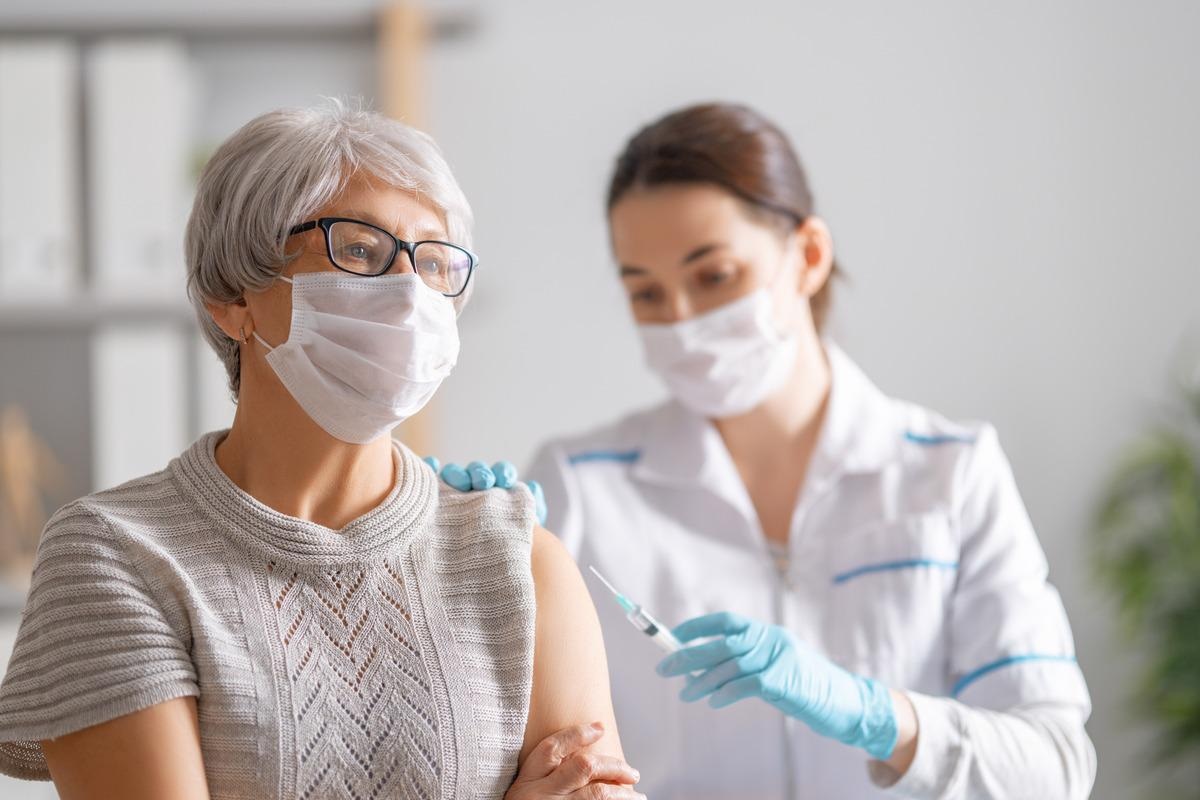The rapid outbreak of the severe acute respiratory disease coronavirus 2 (SARS-CoV-2) has resulted in the coronavirus disease 2019 (COVID-19) pandemic. The virus has claimed more than 5.25 million lives, to date.
The United States successfully vaccinated millions of individuals weekly against COVID-19, in early 2021. However, it is unknown whether the recovery of households living in disadvantaged neighborhoods lagged behind those in more well-off areas, after restricted vaccination eligibility periods.

Study: Changes Over Time in COVID-19 Vaccination Inequalities in Eight Large U.S. Cities. Image Credit: Yuganov Konstantin/Shutterstock

 *Important notice: medRxiv publishes preliminary scientific reports that are not peer-reviewed and, therefore, should not be regarded as conclusive, guide clinical practice/health-related behavior, or treated as established information.
*Important notice: medRxiv publishes preliminary scientific reports that are not peer-reviewed and, therefore, should not be regarded as conclusive, guide clinical practice/health-related behavior, or treated as established information.
In a new study, published on the medRxiv* preprint server, scientists analyzed this issue by using vaccination data from eight US cities over three-time points between March 21 and May 3, 2021.
Background
About one-quarter of the American population was fully vaccinated by late April 2021. This greatly reduced the risk of infection, hospitalization, and death. Vaccine doses were not equally available in all parts of the country and doses were rare in many urban areas. One may expect that the response and recovery during the pandemic have been unequal, depending on the socioeconomic (SES) disadvantage of certain communities. In fact, previous research has shown that sections of the population that faced disadvantages before the onset of a public health crisis, fared worse both during and after the crisis and the current situation is no different.
During the earliest stages of the pandemic, regions with higher levels of socioeconomic disadvantage were hit hardest. The infections and mortality rates were higher in such regions. The current study addresses this question of unequal response and recovery during the current COVID-19 pandemic. The findings contribute to the emerging strand of literature that studies the inequalities due to the pandemic itself and also due to the response and recovery phases.
A new study
Official data on the percentage of individuals with at least one dose of a COVID-19 vaccine, by communities, were collected. The cities included were some of the most populous, namely, New York, Chicago, Houston, Phoenix, Philadelphia, San Antonio, San Diego, and Dallas. March 21, April 12, and May 3, 2021, were the three dates on which the data were collected, and to control for community composition, scientists used the American Community Survey (ACS) data on the proportion of individuals employed in “health care and social assistance” and age 65 and older. Additional information was obtained on ethnicity, health insurance cover, position with respect to the poverty line, and internet access. Each “SES variable” was converted into quartiles and standardized by city.
Key results
On the first observation date in March, 23.01% of individuals in low SES communities were vaccinated, compared to 34.73 in high SES communities. In April, the gap between low and high SES communities widened. At the second observation date, 35.79% of individuals in low SES communities were vaccinated while this number was 51.65% for high SES communities. Finally, in May, in low SES communities 45.65% had been vaccinated, while in high SES communities, 60.46% were vaccinated. In terms of the change in percent vaccinated over time, between March and April, low SES communities had a significantly lower change in percent vaccinated, i.e., 12.78%. The percent change for high SES communities was 16.92%. The difference was not significant, however, between April and May, where the change for low SES communities was 9.86% and 8.82% for high SES communities.
Conclusion
In the current study, researchers analyzed the changes in COVID-19 vaccination in eight of the ten most populous cities in the United States. The percent vaccinated in low SES communities was significantly below the high SES communities in March, April, and May. Another key point to note was that the large percent gap across communities did not narrow when eligibility opened up in late April and early May. Scientists concluded that despite widespread vaccination, large inequalities persisted. This is a worrying observation as the same communities that were harder hit, in terms of infection and mortality, from COVID seem to have lower levels of community vaccination during restricted vaccine eligibility. This gap persisted even when eligibility opened up.
In sum, the link between vaccination and community disadvantage is alarming. The disparities have led to sections of the population with many unvaccinated individuals. This is a problem that could prolong the negative effects of the pandemic, in terms of rising cases and also the emergence of new variants. Importantly, this inequality may lead to a bifurcated recovery, which is not a socially desirable outcome. The goal will be to recover together from this pandemic in an inclusive manner.

 *Important notice: medRxiv publishes preliminary scientific reports that are not peer-reviewed and, therefore, should not be regarded as conclusive, guide clinical practice/health-related behavior, or treated as established information.
*Important notice: medRxiv publishes preliminary scientific reports that are not peer-reviewed and, therefore, should not be regarded as conclusive, guide clinical practice/health-related behavior, or treated as established information.